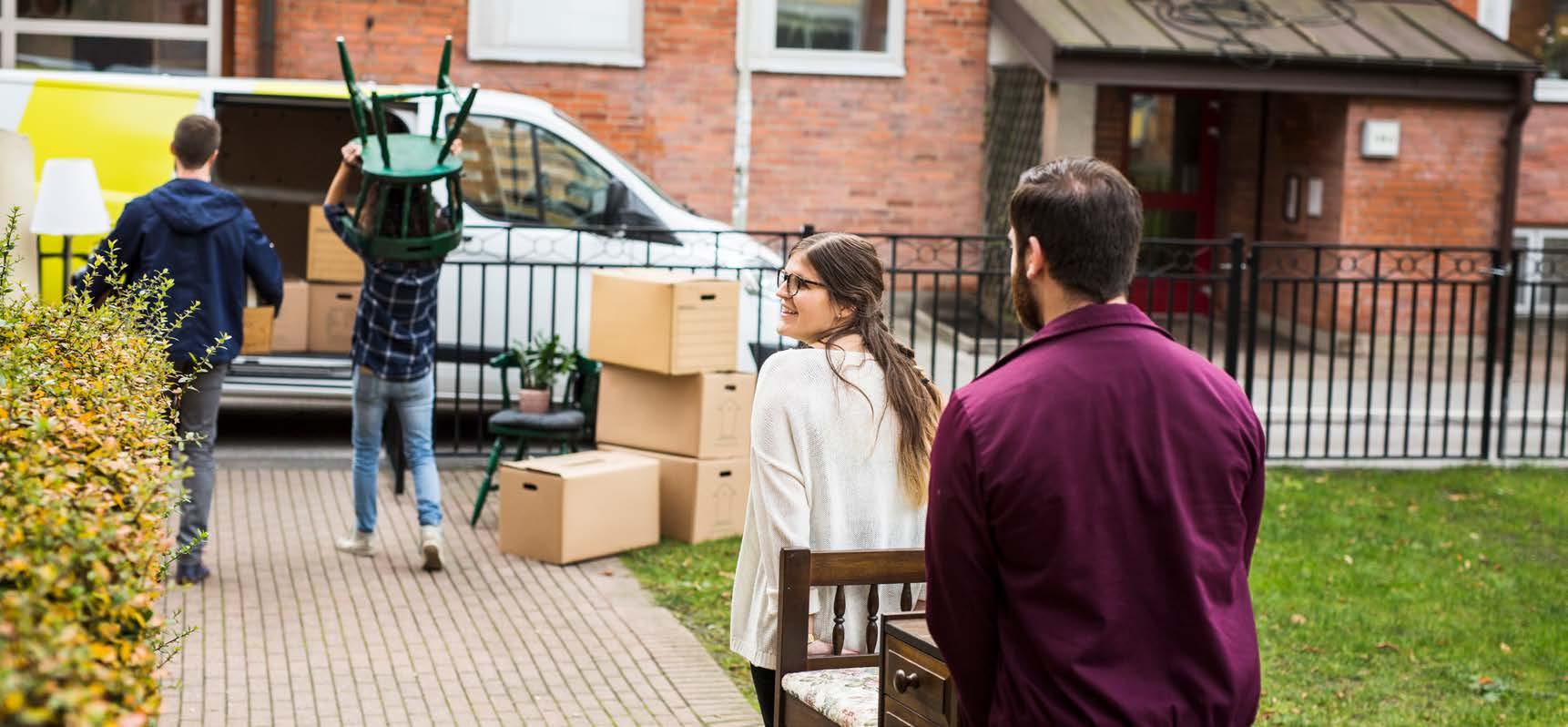
4 minute read
NEW WAYS OF SEEING AND BEING
Success Looks BY JENNIFER SULLIVAN Different for Every Student
The 2020–21 school year has asked all of us, students and families alike, to take on new challenges and find peace and self-care amidst the chaos. As we move into a new season (and it is new, even if we’re still dealing with many of the same challenges), we are stronger, more creative and maybe more present and grateful for life’s little moments.
Here are six lessons we’ve learned and thoughts on how to continue to support your student’s growth.
1Success looks different for
every student.
In a typical year, student success is measured by grades on a report card or transcript. This year is anything but typical, and success for many students has looked (and will continue to look) very different.
Success for your student in 2020–21 may have looked like waking up every day and attending class on their computer in their bedroom. Success may have been your student finding a place in your house or apartment where they could listen to a professor’s lecture without the dog barking or a parent’s work conference call in the background. Success might have meant that your student followed campus rules to quarantine for two weeks in their dorm room, only seeing friends via FaceTime. Success might have meant resisting pressure to attend a party because they knew the health risks. Some days success (for both students and their supporters) meant just going to sleep and waking up the next day to try again.
Making it through this year together is reason enough to celebrate. Surviving college during the pandemic is proof that your student is resilient and capable — and they will bring these newly honed skills with them in whatever they attempt next.
2A variety of learning environments empowered students with choice. The variety of instructional methods offered by colleges and universities over the past year (online, in person, 4 6 hybrid) required students to use selfawareness and critical thinking skills as they figured out how they learn best and decided whether or not to enroll in courses that were offered remotely.
Some incoming freshmen chose to stay home for a semester or a year, knowing that when in-person learning resumes it will give them the best chance for success. Students further 3 along in their journeys realized they could alter their trajectory (take time off, take fewer or different classes, maybe even transfer) without losing sight of the ultimate goal of college graduation. The ability to self-advocate will serve them well going forward. 5
Virtual communication has its upsides.
As face-to-face opportunities decreased, colleges developed innovative and efficient ways of nurturing connection. Campuses developed virtual town halls, used technology to stream concerts and performances, and harnessed the power of video to support student clubs and activities. Virtual office hours in some cases made it easier for students to connect with their professors. The older generation got more tech savvy, too. Of course it wasn’t always optimal — I learned from personal experience it’s almost impossible to help a teenager clean and pack their dorm room for holiday break over text and FaceTime instead of being there in person. (Not being able to see the garbage under the bunk bed put me at a real disadvantage.)
Resilience can be There are many ways to cultivated. “do college.”
This year has taught our students that The pathways for students after they will face challenges in life and high school have always been must learn to adapt and be flexible in varied: technical degree certificate order to achieve success. In her 2020 programs, joining the workforce, virtual graduation address at North volunteering, taking a gap year, Carolina State University, NC State enrolling in a 2-year or 4-year college, alumna and NASA astronaut Christina joining the military, etc. There has Koch told graduates, “resilience is never been just one way to “do your trajectory.” college” and in 2020–21 more than ever, students chose next steps that Disappointment and unpredictability were right for them based on their were constants this school year learning needs and goals, family and have tested students’ resolve. financial situation, the health and But all of us — students, friends and age of family members and more. family members — have made it past the obstacles, and best of all, we’ve Though our circumstances and helped each other along the way. choices are different, we have shared an experience like none other in Self-care must come first. our memories. So congratulations, students and families, on finishing According to national data, the this school year strong. You are ready number of college students with to create new successes in 2021–22! mental health concerns has risen in recent years.* Students are under * The American College Health Association National College Health Assessment, increasingly more pressure as they acha.org/documents/ncha/NCHA-II_Fall_2018_ attempt to balance academics, Reference_Group_Executive_Summary.pdf social relationships, rising tuition costs, financial debt and family responsibilities. Stress in college is not new; however this year more than ever students learned the importance of coping with stress in healthy and positive ways. Many colleges created innovative, campus-wide mental health support programs such as online meditation groups and virtual wellness coaching. The pandemic forced parents and guardians to take a look at our own self-care strategies and model these for our kids. Going forward, campuses and families will continue to play a pivotal role in eliminating the stigma surrounding mental health.










